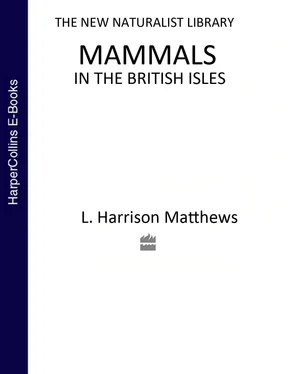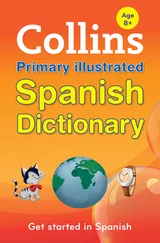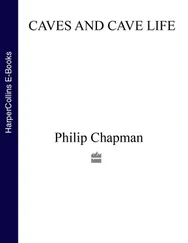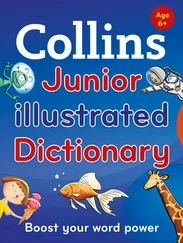At about the end of the Devensian glaciation the upper palaeolithic culture that man had evolved through many grades during the middle Pleistocene, was succeeded by the mesolithic culture characterised by the small flint artifacts called ‘microliths’. Of the several known mesolithic occupational sites, that at Starr Carr near Scarborough in Yorkshire has been meticulously excavated by Professor J. Clark and his colleagues, who have been able to draw a picture of the life of the inhabitants, and of the fauna and flora. 35The site was occupied about 9,500 years ago as a winter hunting camp by three or four families of nomadic people; the settlement lay at the edge of a lake in the Vale of Pickering, with closed birch forest on the hill rising behind and willows along the reedy shore. The people lived on a platform of birch brushwood and were occupied not only in hunting and gathering roots of reeds and bog-bean, but also in knapping flint to make tools, some of which were used for making barbed spearheads from slivers cut from the antlers of red deer. The bones and antlers they left on the site show that they lived mostly on the flesh of red deer, but that they also killed roe deer, elk, aurochs and wild boar in lesser numbers. They had no domestic animals, and did not cultivate any crops. The remains of other mammals show that the fauna included the pine marten, fox, wolf, badger, hedgehog, hare and beaver.

Fig. 5. The Flandrian succession in the British Isles after the ice of the Devensian glaciation melted.
This late Pre-boreal fauna shows that forest animals, the deer and aurochs, had replaced the tundra-living mammals such as the reindeer, bison and wild horse while the birch forest increased with the rise in temperature. Until the rise in sea level at the end of the Preboreal phase, although Ireland had long been separated from Great Britain, the site of the southern part of the North Sea was dry land with the coast line extending from Flamborough Head to Jutland with a northern loop including the Dogger Bank. At the same time the English Channel extended no further east than Beachy Head.
The mesolithic people remained in occupation for over five thousand years, during which the sea level rose and cut off the British Isles from the continent. About 4,500 years ago the neolithic people arrived, migrating across the sea from the east, and soon completely replaced the mesolithic culture with their own. Throughout the many hundreds of thousands of years of the preceding part of the Pleistocene the palaeolithic and later the mesolithic people were no more than part of the fauna, and produced no appreciable alteration in the environment. They were plant gatherers and hunters and, though they may have contributed towards the extinction of some of the large mammals such as the mammoth, their influence on the composition of the fauna was in general negligible. They probably had to work hard to earn their living in the British Isles, but further south on the continent, where the climate was milder and food abundant, they appear to have satisfied their wants more easily so that they had enough leisure to make paintings on the walls of caves, to make sculptures and carvings, and to engrave stones and bone artifacts with abstract and representational designs.
Конец ознакомительного фрагмента.
Текст предоставлен ООО «ЛитРес».
Прочитайте эту книгу целиком, купив полную легальную версию на ЛитРес.
Безопасно оплатить книгу можно банковской картой Visa, MasterCard, Maestro, со счета мобильного телефона, с платежного терминала, в салоне МТС или Связной, через PayPal, WebMoney, Яндекс.Деньги, QIWI Кошелек, бонусными картами или другим удобным Вам способом.













